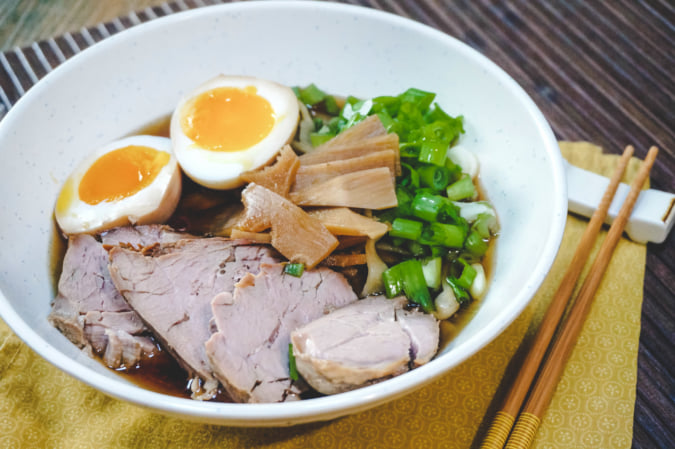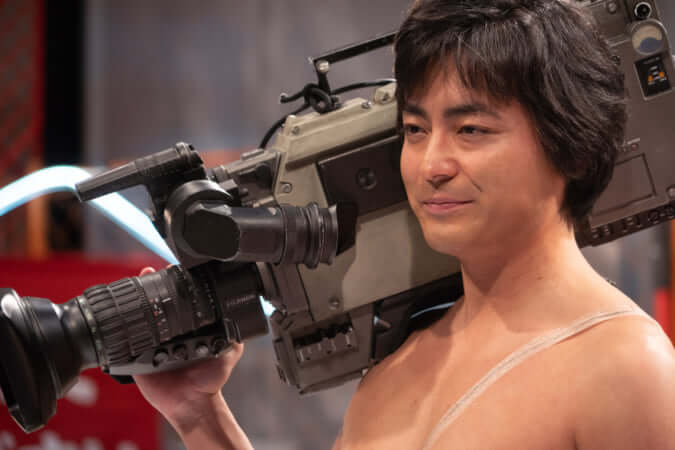Hasegawa: 400 Years of Experience in the Tea Ceremony
View this post on Instagram
In the Hasegawa family workshop, history is never far from reach: both the tools and skills used are passed down from generation to generation. This family of artisans specialises in producing items used in the tea ceremony, and has been beating precious and semi-precious metals since the Edo period.
Trained by the legendary Shiro Sekiya, Takejiro Hasegawa is one of Japan’s most respected artisans and masters. His wife Mami, a graduate in literature from the prestigious Waseda University, began working in metalware and thus became part of this distinguished lineage, creating a world in which mythological inspiration and simplicity come together. Her accessories, bowls, vases and tea sets, characterised by a primitive beauty and an uncompromising functionality, have been displayed in Japan since 1974, and are now on show in galleries all over the world.
An internationally-minded artisan, Mami breathes new life into tradition, thus confirming her status as a central part of the Hasegawa family.
View this post on Instagram
View this post on Instagram
View this post on Instagram
View this post on Instagram
View this post on Instagram
TRENDING
-
Ishiuchi Miyako, A Singular Perspective on Women
Recipient of the 2024 Women in Motion Award, the photographer creates intimate portraits of women through the objects they left behind.

-
Recipe for Ichiraku Ramen from ‘Naruto’ by Danielle Baghernejad
Taken from the popular manga with the character of the same name who loves ramen, this dish is named after the hero's favourite restaurant.

-
Namio Harukawa, Master of Japanese SM Art
'Garden of Domina' offers a dive into the world of an icon of ‘oshiri’, whose work has now reached a global audience.

-
The Tattoos that Marked the Criminals of the Edo Period
Traditional tattoos were strong signifiers; murderers had head tattoos, while theft might result in an arm tattoo.

-
The Emperor of Japanese Porn is Now the Star of a Netflix Series
Deliciously funny, The Naked Director especially succeeds in reviving the atmosphere that was so characteristic of 1980s Japan.





